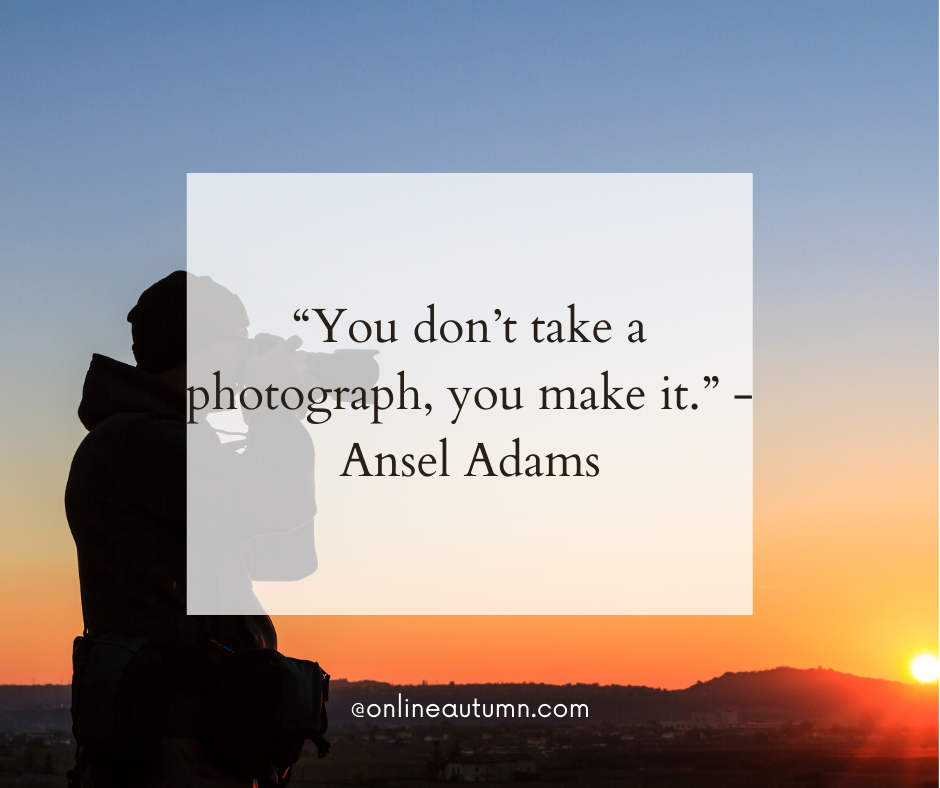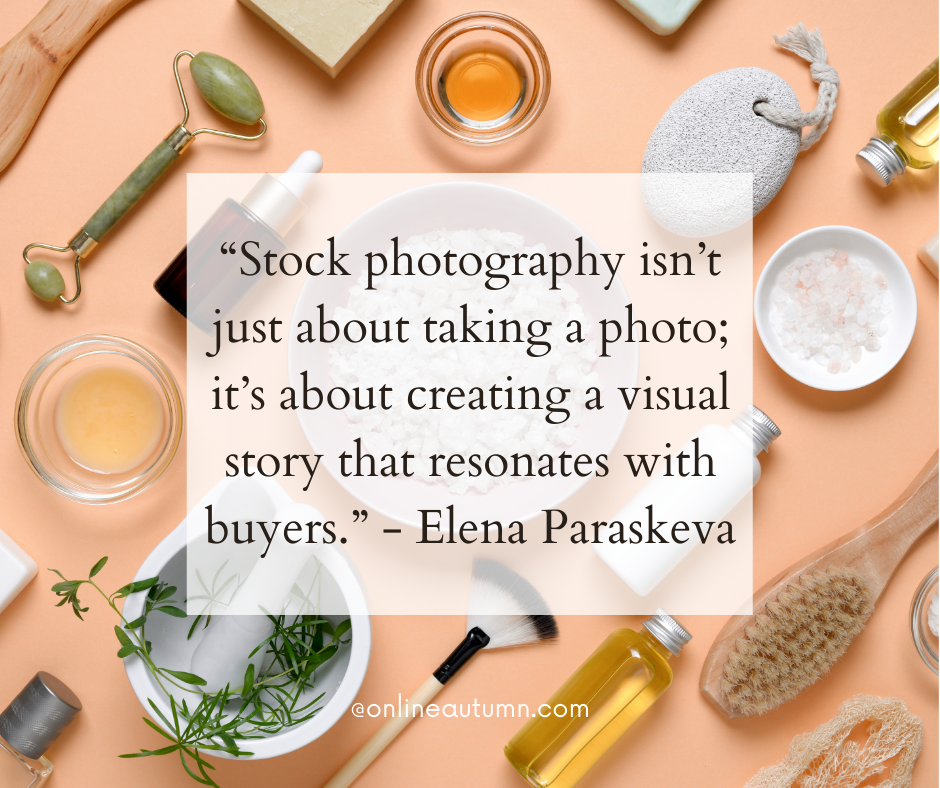Photo by Sean Pierce on Unsplash
Introduction: Why Stock Photography Is a Great Online Income Stream
If you’ve ever taken a stunning photograph and thought, “Someone would pay for this,” you’re not alone. Stock photography allows photographers of all levels to monetize their work by licensing their photos to individuals, businesses, and creatives who need them. From marketing campaigns to blog posts and advertisements, stock photos are always in demand.
In this guide, we’ll explore how you can turn your passion for photography into a steady stream of online income. Whether you’re a seasoned pro or a smartphone snapper, the world of stock photography offers a flexible and lucrative way to earn money online.
What Is Stock Photography?
Stock photography involves creating a library of images that can be licensed to clients for various uses. Unlike commissioned work, where a photographer is hired for a specific project, stock photographers create images that meet generic needs—think business meetings, nature landscapes, or happy families.
Here’s the beauty of it: once your photos are uploaded to stock photography platforms, they can be sold repeatedly, creating a passive income stream.
As renowned photographer Chase Jarvis said, “The best camera is the one you have with you.” Your existing portfolio might already hold goldmines waiting to be monetized.

Benefits of Making Money with Stock Photography
- Passive Income:
Stock photography allows you to earn money repeatedly from the same image. Each sale generates income without additional work. - Flexible Work Schedule:
Upload images at your own pace. This is a perfect side hustle for those with limited time. - Global Reach:
Your photos can be purchased by anyone in the world, broadening your customer base significantly. - Low Entry Barrier:
Anyone with a camera or smartphone can get started. Basic editing tools and an understanding of what sells are all you need.
How to Get Started with Stock Photography
1. Learn What Sells
Not all photos are created equal. Popular stock photos often feature themes such as:
- Business and technology
- People and emotions
- Food and beverages
- Nature and landscapes
- Lifestyle and fitness
Research platforms like Shutterstock or Adobe Stock to identify high-demand categories. Pay attention to trends, such as remote work visuals or sustainability themes.
Browse the “Most Popular” or “Best Sellers” section of stock photo platforms for inspiration.
2. Create Quality Content
High-quality images are essential. Even if you’re capturing mundane objects, they should be sharp, well-lit, and properly framed.
- Lighting: Natural light works wonders, but softboxes or ring lights can elevate indoor shoots.
- Equipment: A DSLR camera isn’t mandatory. Modern smartphones can produce stunning images.
- Editing: Use software like Adobe Lightroom or Snapseed to enhance your images.
As Ansel Adams once said, “You don’t take a photograph, you make it.” Post-processing can transform your raw shots into sellable art.

3. Choose the Right Platforms
Selecting the best stock photography platforms is critical for your success. Each platform has its audience and commission rates.
- Shutterstock: Offers a huge customer base and competitive royalties.
- Adobe Stock: Integrates with Creative Cloud, making it popular among designers.
- Alamy: Known for higher payouts but smaller audiences.
- iStock (by Getty Images): Best for photographers who want exclusive licensing options.
- Dreamstime: A beginner-friendly platform with low entry barriers.
Start by uploading a few photos to multiple platforms. Analyze which ones perform best and focus your efforts there.
4. Understand Licensing and Legalities
When submitting photos to stock platforms, you must comply with licensing terms:
- Royalty-Free: Buyers pay once and use the image multiple times.
- Rights-Managed: Pricing is based on usage specifics like location and duration.
Tip – always obtain a signed model or property release for photos featuring recognizable individuals or private locations.
5. Market Your Portfolio
Uploading images isn’t enough. Promote your stock photography portfolio to increase visibility.
- Share your best work on very visual social media platforms like Instagram or Pinterest.
- Create a personal website or blog to showcase your portfolio.
- Network with potential clients, such as bloggers or marketers.
Tools and Resources for Stock Photography
Must-Have Tools:
- Camera: A DSLR or mirrorless camera like the Canon EOS R or Sony Alpha series is ideal. However, smartphones like the iPhone 14 Pro or Samsung Galaxy S23 Ultra also deliver excellent results.
- Editing Software: Adobe Lightroom, Photoshop, or free alternatives like GIMP or Canva.
- Keyword Tools: Platforms like StockSubmitter help you optimize metadata and tags for your photos.
Free Resources for Learning:
- YouTube Channels: Follow creators like Sean Tucker or Peter McKinnon for photography tips.
- Books: Read “Stock Photography 101” by Nicole S. Young for a beginner-friendly guide.
- Courses: Platforms like Skillshare and Udemy offer affordable lessons on photography and editing.
Stock Photography Success Stories
Many photographers have turned stock photography into a full-time income.
- Yuri Arcurs: Dubbed the world’s top-selling stock photographer, Yuri sells millions of images annually through platforms like Shutterstock.
- Elena Paraskeva: Known for her conceptual stock photography, Elena carved a niche with her unique style.
As Elena stated in an interview, “Stock photography isn’t just about taking a photo; it’s about creating a visual story that resonates with buyers.”

Challenges and How to Overcome Them
- Market Saturation:
Stock photography is competitive. Stand out by targeting niche categories or offering fresh takes on common themes. - Rejection:
Platforms may reject photos for reasons like noise or improper focus. Don’t get discouraged—use feedback to improve. - Time Investment:
Building a sizable portfolio takes time. Start small but aim for consistency. Upload new images regularly to keep your portfolio active.
Why Stock Photography Is Worth Exploring
Making money with stock photography is not only possible but also practical for anyone with a creative eye. It offers flexibility, scalability, and the potential for passive income—all from something you likely already love doing: taking photos.
As the saying goes, “A picture is worth a thousand words,” and in the stock photography world, it’s worth much more than that. With the right tools, platforms, and strategies, you can turn your photography into a thriving online business.
Why wait? Start snapping, uploading, and earning today. Who knows? Your next photo could be a best-seller!



